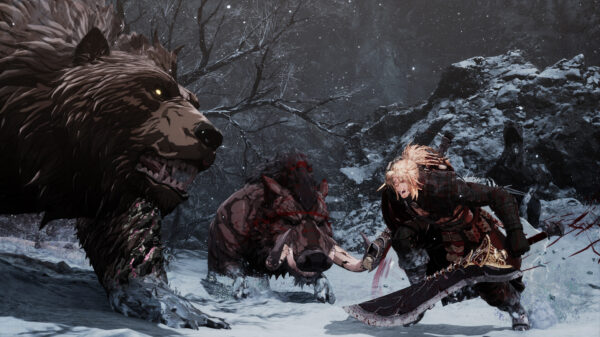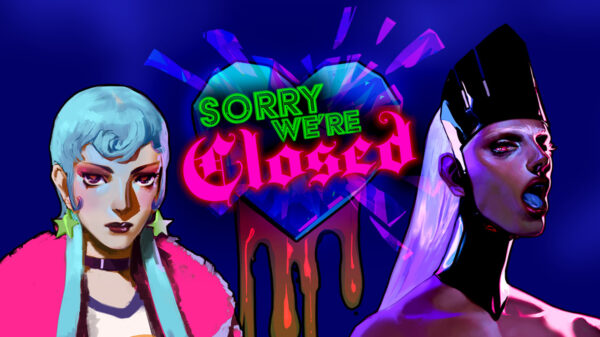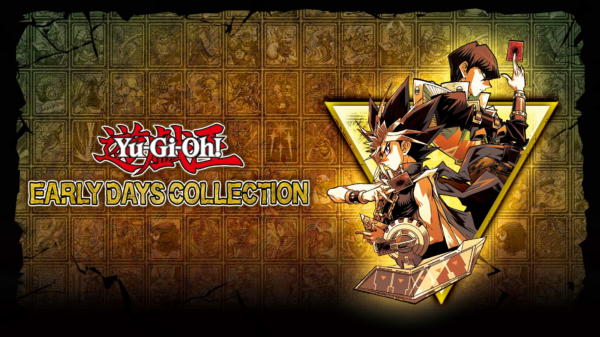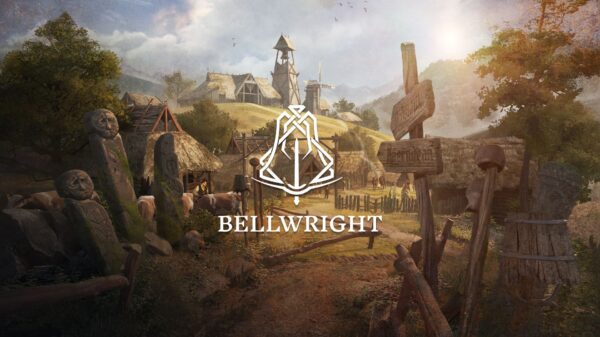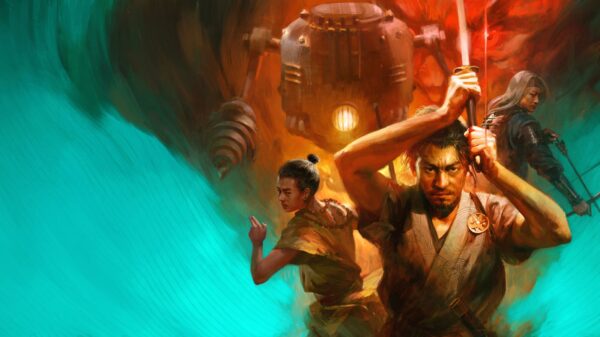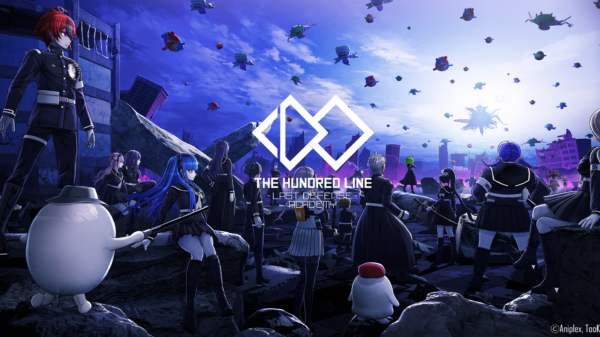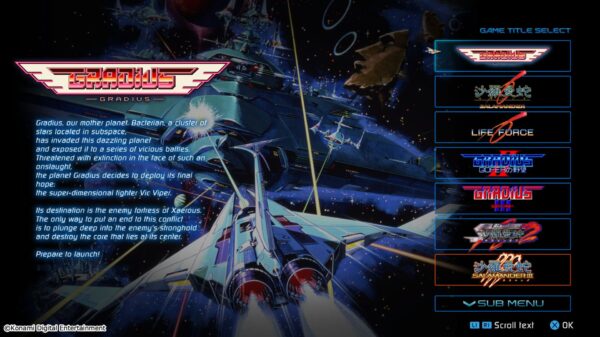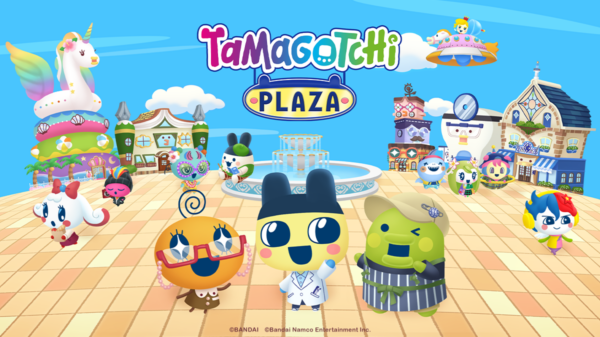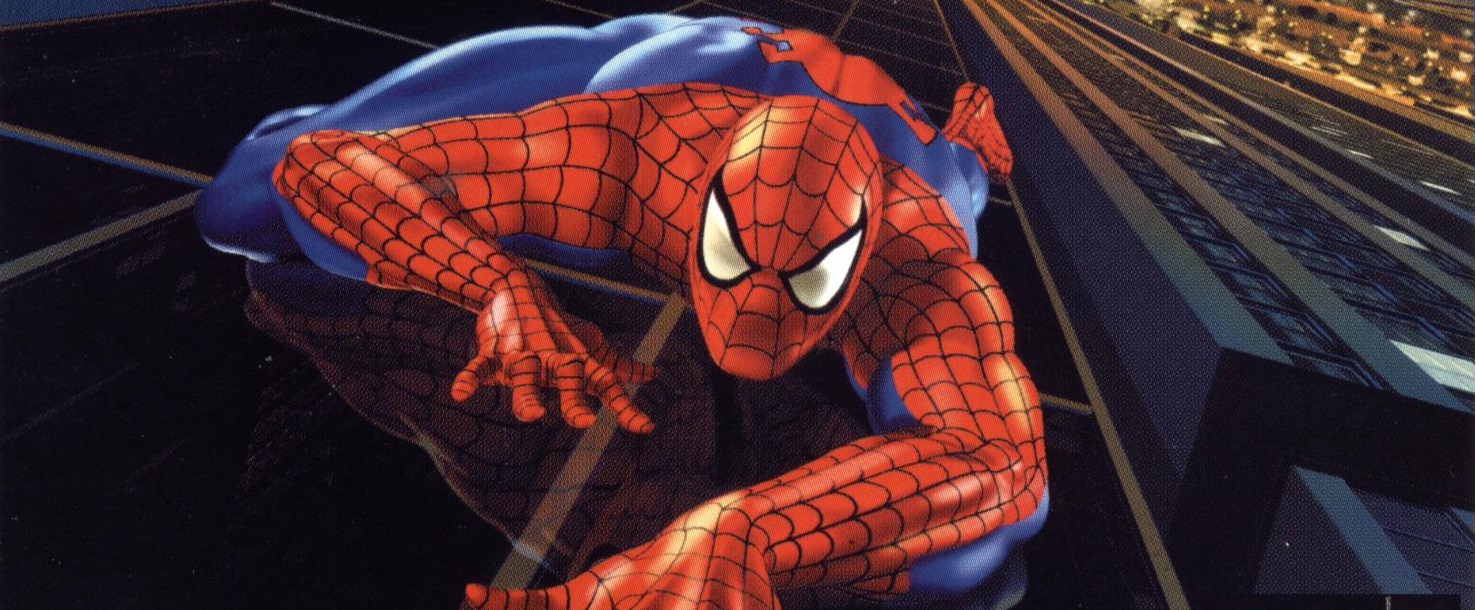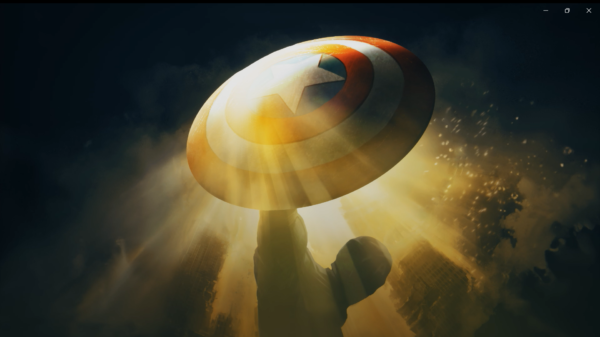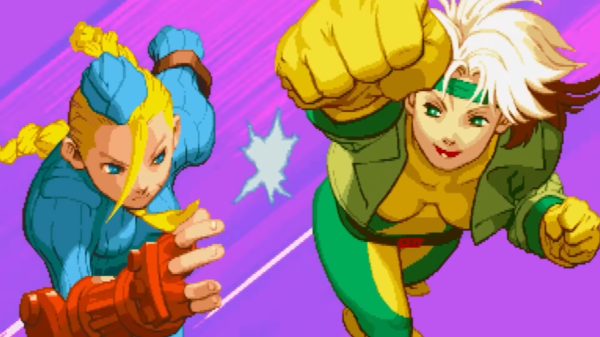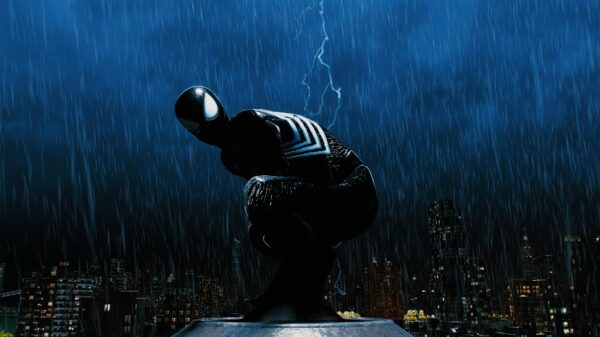Spider-Man is one of the few fictional characters that almost every conscious human being could name (alongside Mickey Mouse, Superman, Mario, and maybe Bart Simpson). As someone whose favorite fictional character in any medium is Peter Parker himself, I don’t think there are many people as excited for this year’s Spider-Man as I am. To celebrate the upcoming release of Insomniac’s Spider-Man, I’ll be looking back one of the most memorable Spider-Man games. I’m starting this retrospective off with the Spider-Man game I hold the most nostalgia for, simply titled Spider-Man.
Developed by Neversoft of Tony Hawk Pro Skater fame, Spider-Man was released in 2000 for the PS1 and N64, and in 2001 for the Dreamcast. I’ll be covering the Dreamcast version, as it’s the best version by far. I played both the PS1 and Dreamcast versions as a kid, and even then I could tell that the Dreamcast release was the definitive version. It looks far better and has infinitely better audio quality, and it helps that the Dreamcast was, is, and always will be the best console ever made even though it was ahead of its time and unjustly spurned, much like the Vita. Alright, back to Spider-Man.

Spider-Man is a fascinating game to say the least. The story follows Spider-Man who, after being framed for a robbery, has to battle a number of classic villains to save New York and clear his name. The included rogues, ranging from Venom to Mysterio, are varied and quite fun to fight. There are plenty of Marvel cameos as well, with characters like the Punisher, the Human Torch, and even Captain America showing up at one point or another. There are lots of really cool, incredibly small references as well. The Punisher is heard talking to his “guy in the chair” Micro, while the “What If?” mode (more on that later) features appearances from characters like The Watcher, Ghost Rider, the Silver Surfer, and even Namor. This type of continuity, which I wrote an entire article about, is everything I want from a Marvel game. Only Marvel Ultimate Alliance manages to emulate the feeling of the enormous Marvel universe as well as Neversoft’s Spider-Man does, which is quite a feat.
The gameplay has aged less gracefully than the story, though it’s by no means terrible. Fighting enemies, climbing walls, and swinging around rooftops is fun but noticeably stilted. The restrictions of that console generation are quite apparent now, especially when it comes to some inconsistent level design and the patience-testing camera. Every issue in the game becomes especially apparent in the sewer levels that dominate the halfway point of Spider-Man. Small corridors, instant death traps, and overpowered enemies make the simplistic combat and stiff swinging a slog, especially since Venom repeats the same voice lines over and over the entire time.

Some of the levels and bosses hold up quite well though, with the bank heist and Scorpion/Rhino/Mysterio boss battles standing out. Saving civilians and battling super-villains in unique and genuinely fun ways is what Spider-Man is all about in my eyes, so Spider-Man does quite well in that regard. The amount of unlockable bonus content is exemplary. Costumes like the symbiote suit, the Scarlet Spider, and Peter’s street clothes are just a few of the neat unlockables, as the real stand-out is “What If?” mode. Named after a series of one-off Marvel comics based on hypothetical scenarios, “What If?” mode takes Spider-Man’s story and remixes it with new and, frankly, weird twists. Cutscenes feature new Marvel characters, like Ghost Rider and the Submariner, characters will spout new, far more meta dialogue, and strange little easter eggs will appear in most levels. It’s an incredibly odd mode, but the detail that went into it is commendable, making a second playthrough far more appealing.
The visuals vary depending on your console of choice, with the Dreamcast release easily coming out on top. It’s still nothing amazing by today’s standards, with static faces and unmoving character mouths, but the models and environments are impressive for their time. The Dreamcast version is considered better in this regard because of how crisp the models look, with clear textures and hands that don’t look entirely like rubiks cubes.

The soundtrack, made by the legendary Tommy Tallarico, is alright overall. Some of the more exciting surf-rock tracks feel quite fitting for this era of Spider-Man, and the game’s remix of the 60’s song is nothing short of iconic. The voice acting is fantastic, though the fact that the game only has four voice actors makes it a bit samey at times. Spidey is voiced by Rino Romano, who voiced him in the incredibly “meh” Spider-Man Unlimited, who, funnily enough, would go on to voice Batman in the underrated animated series The Batman. Rino nails Spidey, while the rest of the cast has perfectly strong performances themselves.
Spider-Man hasn’t aged as well as one would hope, but it’s still a lot of fun to revisit because of its tone and certain levels that hold up well. Neversoft made a classic that would influence future Spider-Man titles, and I hope to see the game and its sequel (Enter Electro) released on modern consoles as classics one day.

